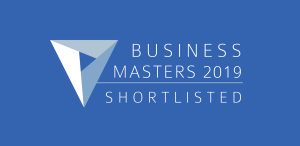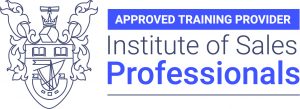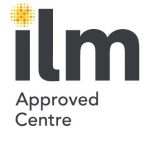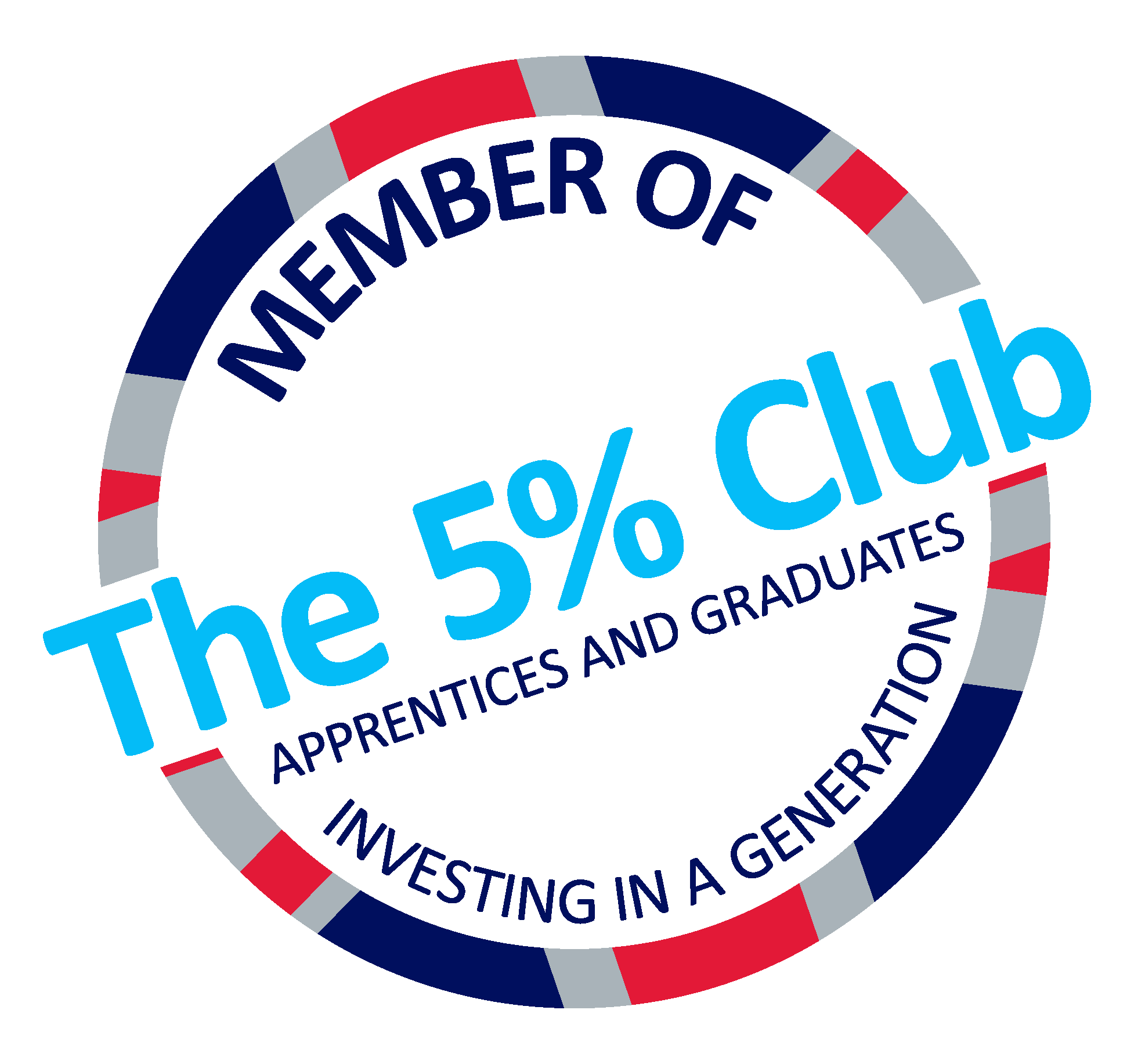Leadership is an ever-expanding topic and research is saying we need more strong leadership in organisations today to cope with skills shortages, economic uncertainty and recruitment difficulties.
But how do you know what good leadership looks like for your organisation?
Did you know that poor quality people management costs employers £84 billion a year?
(Investors in People study)
The report, People Management Benchmark: Impact on Investing in People, found that ‘adopting sustainable good quality practices’ would have the biggest positive impact for an organisation’s bottom line.
And we’re here to introduce you to one of these good quality practices. Different companies need different levels and styles of leadership and it’s important that you nail exactly what kind of leadership your organisation needs. So, in three steps, here’s a starting point for doing that:
Game
This step is about deciding what good leadership looks like in your business. What kind of culture do you have and what kinds of people suit it?
Think of your star leaders who you would score at least an 8. What makes them an 8 or above? Try to list the key characteristics that make these ‘stars’ so good for your organisation. By drawing similarities between their behaviours, you can start to build a picture of what good leadership looks like for you.
Set
Set the benchmark. Once you’ve built up a picture of what good leadership looks like for you, this needs to be your benchmark. Your benchmark is your blueprint; a set of standards; a perfect vision of an employee. It’s important to remember that we need leaders at all levels of our organisations, not just at the top – especially when we’re looking to nurture entry-level talent to reduce current recruitment difficulties.
Match
This is about matching employees/prospective employees to the benchmark to ensure you consistently have good leadership potential with your business. Finding an exact match is going to be a challenge, but if you’re 70% of the way there and are confident that the remaining 30% can be achieved through focused development and learning, then you’re pretty close to your benchmark.
Poor leadership costs businesses money, people, time and effort. So it is absolutely critical that companies get it right.
How would you rate leadership amongst your colleagues/employees? Are they equipped? If you’re keen to discuss these kinds of questions further, do not hesitate to get in touch…













